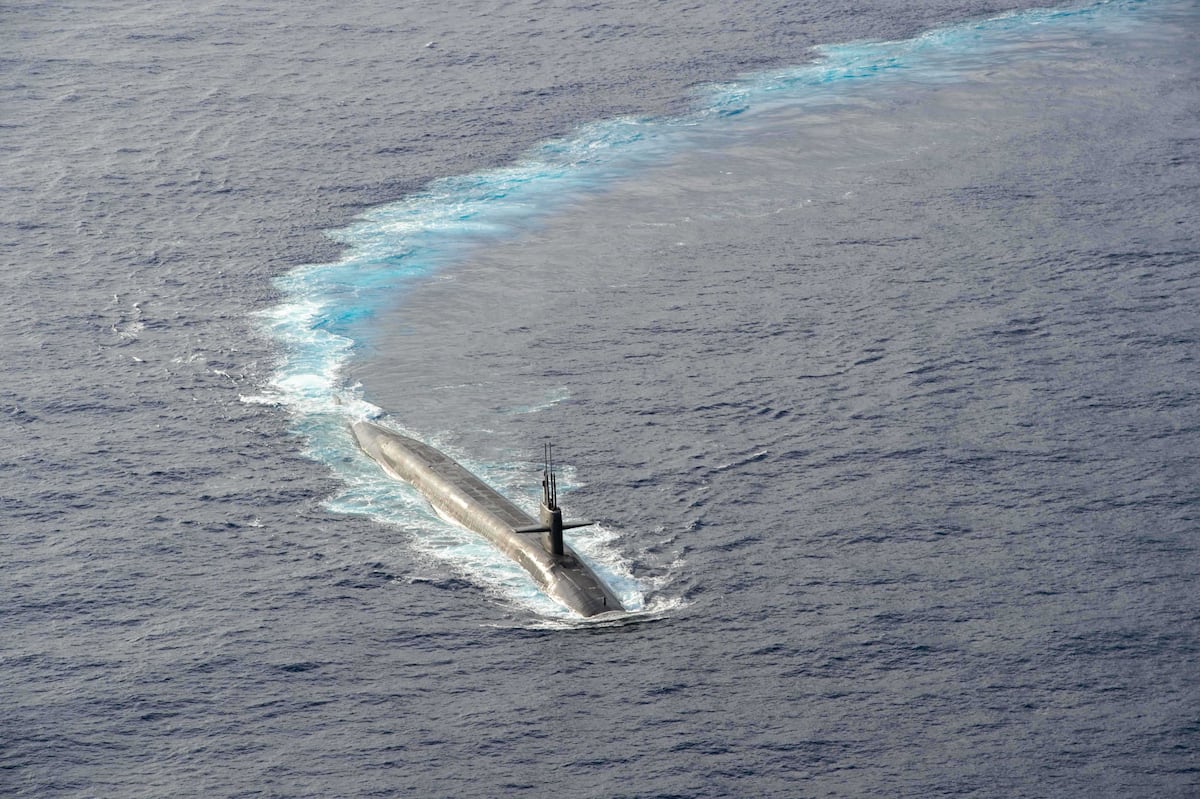Key Takeaways
- On June 21, a U.S. Navy Ohio-class submarine launched over two dozen Tomahawk missiles at Iranian infrastructure.
- The operation, named “Midnight Hammer,” was supported by B-2 bombers and focused on Iran’s nuclear facilities.
- The Ohio-class submarines, designed for stealth and precision, are nearing the end of their operational lifecycle, with replacements urgently needed.
Details of the Operation
At approximately 5 p.m. EST on June 21, a U.S. Navy nuclear-powered submarine executed a critical strike against Iran by launching over two dozen Tomahawk land attack cruise missiles, targeting infrastructure in Isfahan. This action marked the beginning of Operation Midnight Hammer, which subsequently saw fighter jets and B-2 Spirit stealth bombers further aim at Iranian nuclear capabilities with advanced GBU-57 Massive Ordnance Penetrators, commonly referred to as “bunker busters.”
While Operation Midnight Hammer has focused on the bombers’ capabilities, the role of the launch submarine was equally significant. Although the specific vessel remains unidentified, Secretary of the Navy John Phelan confirmed during a Senate Appropriations subcommittee hearing that an Ohio-class guided-missile submarine was responsible for the successful missile launches, resulting in considerable damage to Iran’s nuclear infrastructure.
Designed initially as ballistic-missile submarines, the Ohio-class submarines are 560 feet long, can dive to depths exceeding 800 feet, and cruise at speeds over 25 knots per hour with a crew of 15 officers and about 144 enlisted personnel. A few submarines in this class were retrofitted as guided-missile submarines, allowing them to launch land attacks and assist Special Forces operations. Those adapted include the Ohio, Florida, Georgia, and Michigan, with the deployed submarine among them.
Each Ohio-class guided-missile submarine is equipped to transport over 66 Special Operations Forces (SOF) operators and underwater vehicles while launching up to 154 Tomahawk cruise missiles from its missile tubes. The inherent stealth of these submarines enhances their effectiveness, making them formidable assets whether armed with nuclear or conventional munitions.
The strategic use of the Tomahawk missile in this operation exemplified the flexibility of U.S. military capabilities. Not merely a default choice, employing an Ohio-class submarine ensured a potent, surprising strike, further emphasizing the reliability of the U.S. seaborne nuclear deterrent. The Tomahawk’s precision allows it to avoid air defenses, strike targets from over 1,000 miles away, and adapt its course mid-flight.
Previous operations, such as Operation Rough Rider against Houthi rebels, showcased the Tomahawk’s ongoing employability, evidenced by their use from the aircraft carrier Harry Truman across an extensive combat period.
Despite its recent combat success, the Ohio-class submarine is approaching the end of its operational lifespan, with the first vessel set to retire by 2027. This impending transition underscores the urgent need for the Columbia-class submarine to enter service, a process currently behind schedule. Adm. James Kilby, the acting chief of naval operations, informed lawmakers that the Columbia-class submarines are projected to be delivered approximately two years late, with a new forecast of March 2029.
The content above is a summary. For more details, see the source article.















